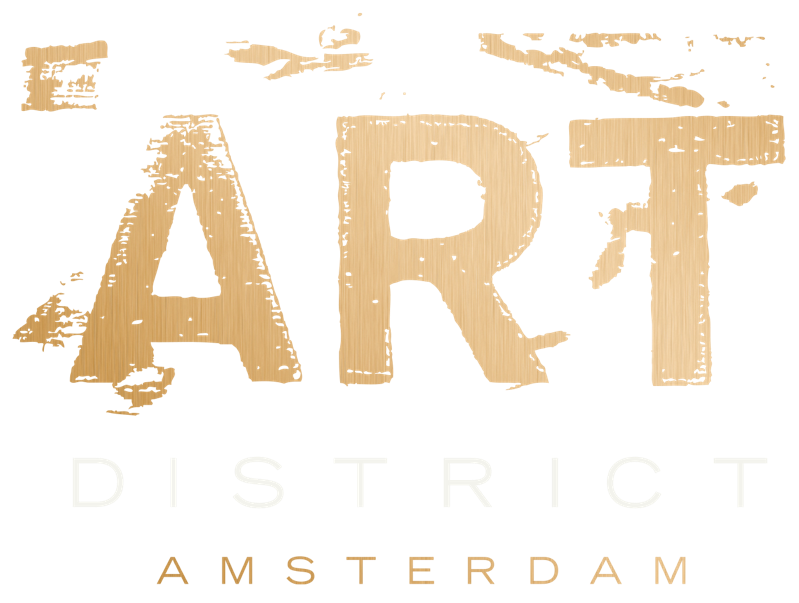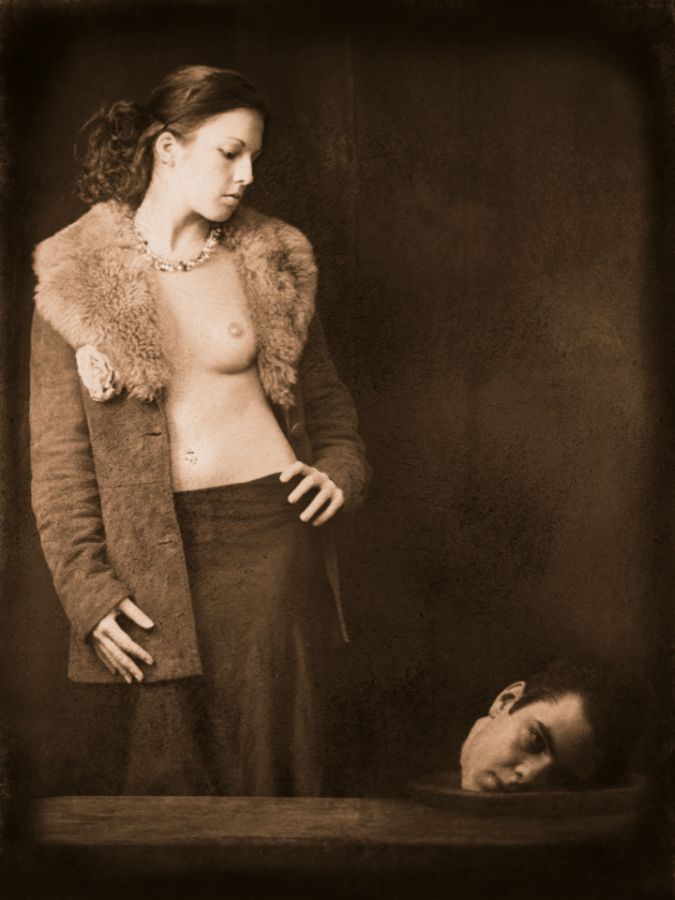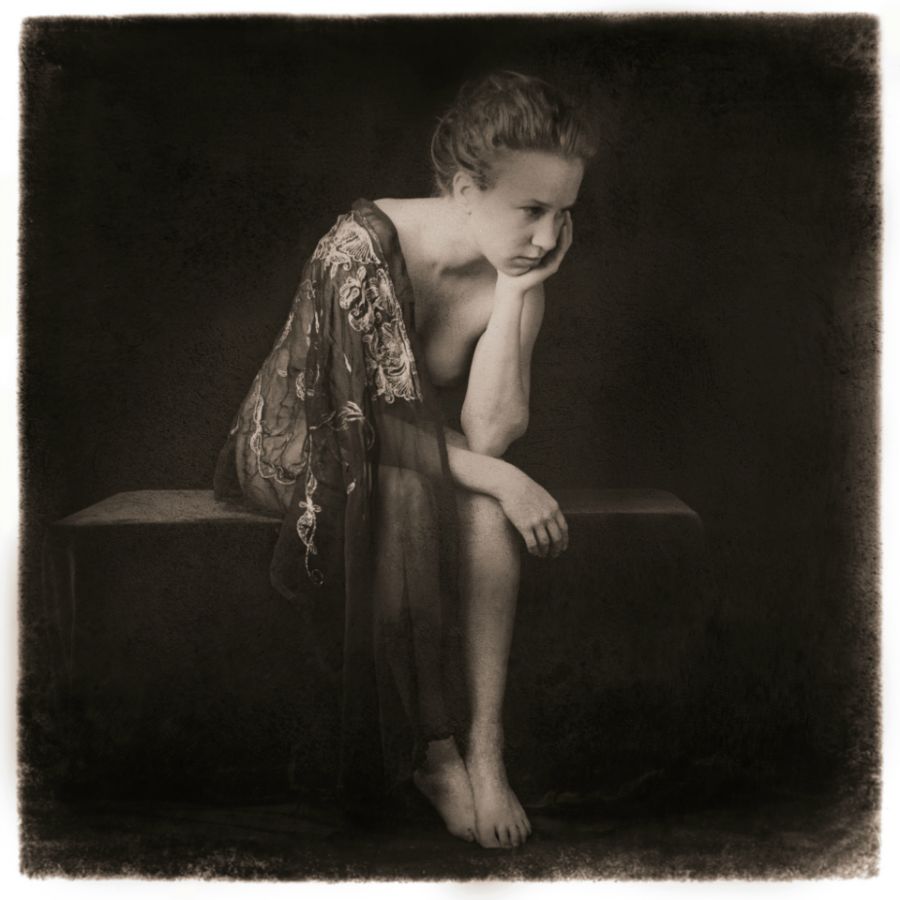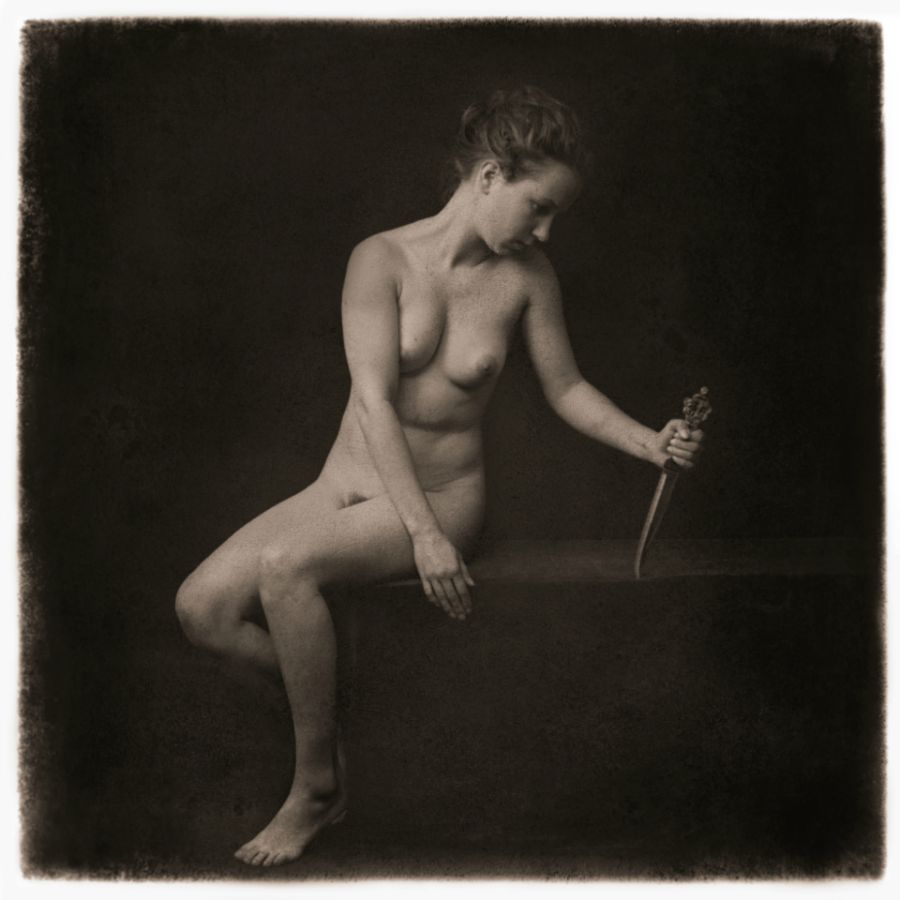Luc ten Klooster
Biography
Luc ten Klooster comes from a family of artists. His grandfather was a painter and graphic artist, and he grew up surrounded by the works of art that his father created as a sculptor. His interest in photography developed at an early age, but he first chose a career as a concert pianist. However, the need to express himself visually grew and from the end of the 1990s he exhibited his photographic work in various galleries throughout the Netherlands. He sees himself more as a visual artist than a photographer and he likes to experiment with various techniques, not only to explore the boundaries of what can still be called “photography”, but also to bridge the gap between past and present. He therefore also likes to use a combination of "old-fashioned" analogue achievements with the current (almost unlimited) digital technology. Photos that were “made” decades ago can therefore unexpectedly be provided with a completely new form of expression. Partly due to this combination and the chosen style, timeless images can be created in which many references to the past are often present under the surface.
The female nude has come to play an important role in his work. However, not so much with the mainly sexually oriented connotation that characterizes our current society, but here again referring to a more classical sculptural design and aesthetics in which women are left fully in their value as human beings. This was first expressed in his series “Chained” in which various well-known historical, literary, biblical and mythological figures are portrayed. The title of the series refers to a quote from Lady Jane Wilde: “We now know the history of woman from Paradise to the 19th century, and all these centuries we have heard nothing but the clank of her chains”.



